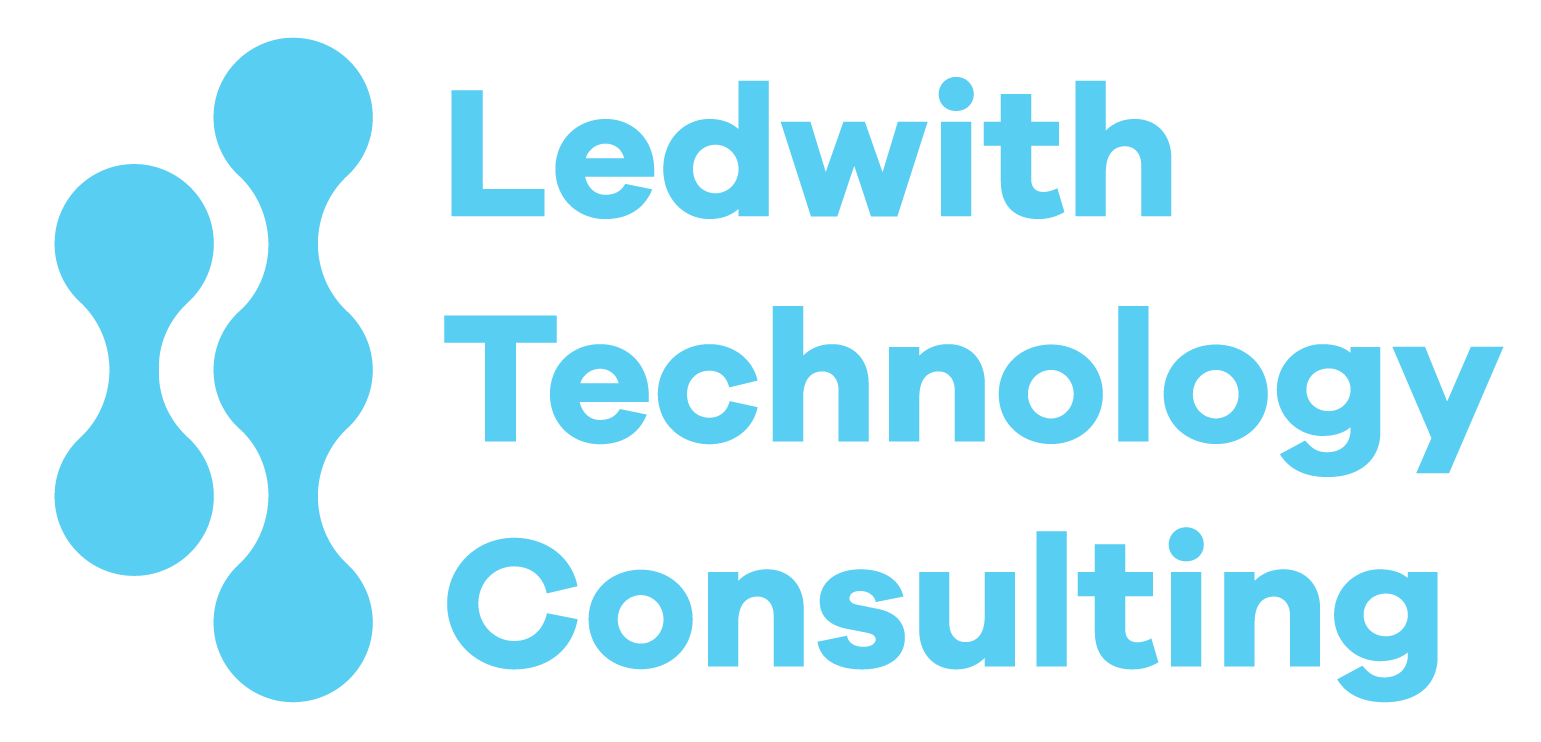By Stephen Ledwith June 16, 2025
When scaling a technology team, one of the most important decisions you’ll make isn’t architectural—it’s operational: How will your team work together?
Do you go fully remote and tap into a global talent pool? Stick to onsite and build in-person chemistry? Or strike a hybrid balance?
Remote, Hybrid, or Onsite?
Choosing the Right Model for Your Tech Team
There’s no universal right answer. But there is a right approach for your team, your product, and your growth phase.
👨💻 Remote Teams
Pros:
- Global hiring: Access the best talent, regardless of geography.
- Cost savings: Reduce or eliminate office overhead.
- Asynchronous work: Boost focus with fewer interruptions.
Cons:
- Onboarding friction: Harder for new hires to ramp without direct support.
- Time zone coordination: Slows decision-making.
- Cultural disconnect: Harder to maintain team cohesion without effort.
“When we scaled at eXp Realty, going remote-first let us hire faster. But it demanded intentional onboarding, clear documentation, and overcommunication.” — Stephen Ledwith
🏢 Onsite Teams
Pros:
- High-bandwidth collaboration: Real-time problem-solving and spontaneous whiteboarding.
- Stronger culture: Easier to build trust and relationships.
- Faster decision loops: More rapid iterations and alignment.
Cons:
- Limited talent pool: Hiring is bound by geography.
- Higher costs: Office leases, commute time, real estate overhead.
- Inflexibility: Can be a deal-breaker for top talent seeking flexibility.
Callout: Onsite works best during early-stage product development when speed and alignment matter more than scale.
🧪 Hybrid Teams
Pros:
- Best of both worlds: Some face time, some flexibility.
- Broader hiring: Expand the team without giving up in-person rituals.
- Scalable culture: Remote-friendly culture with physical touchpoints.
Cons:
- Two-tier risk: Onsite workers may dominate discussions or influence.
- Logistical complexity: Managing multiple work styles, expectations, and schedules.
A hybrid model can work brilliantly—but only if you design it intentionally. At Lone Wolf, we moved to hybrid as teams matured. The key was setting expectations around availability, calendar etiquette, and communication norms.

🧭 So… Which Model Should You Choose?
Here’s a practical guide to help:
| Growth Stage | Best Fit Model | Why It Works |
|---|---|---|
| 0–10 engineers | Onsite or Hybrid | Build trust, align early, move fast |
| 10–50 engineers | Hybrid or Remote | Balance flexibility with shared context |
| 50+ engineers | Remote or Hybrid | Scale globally with strong async culture |
✅ Final Thought: Choose Deliberately
The work model you choose isn’t just about where people sit. It’s about how decisions get made, how culture spreads, and how performance scales.
You can build great teams in any format—but only if you design the model to match your mission.


